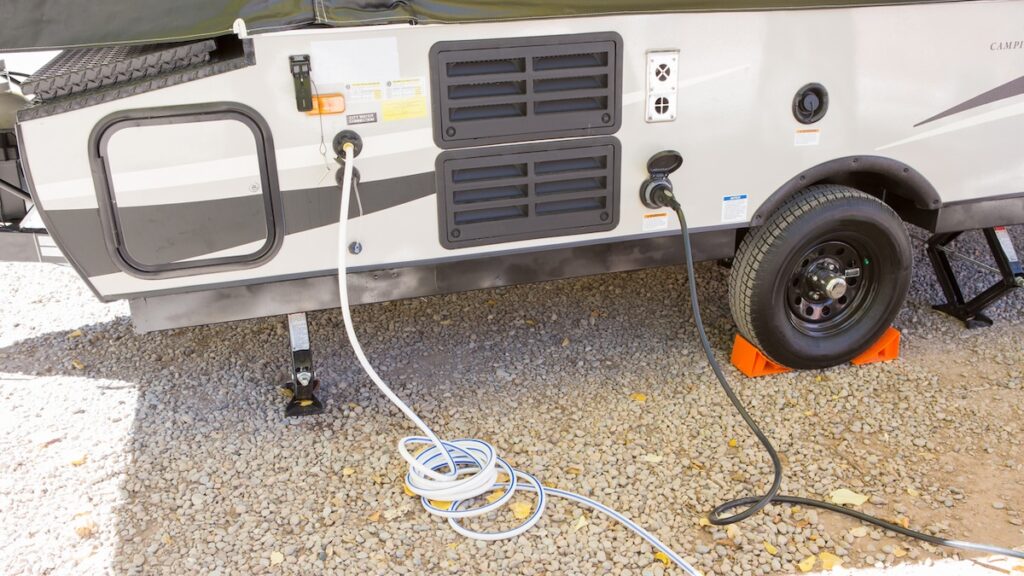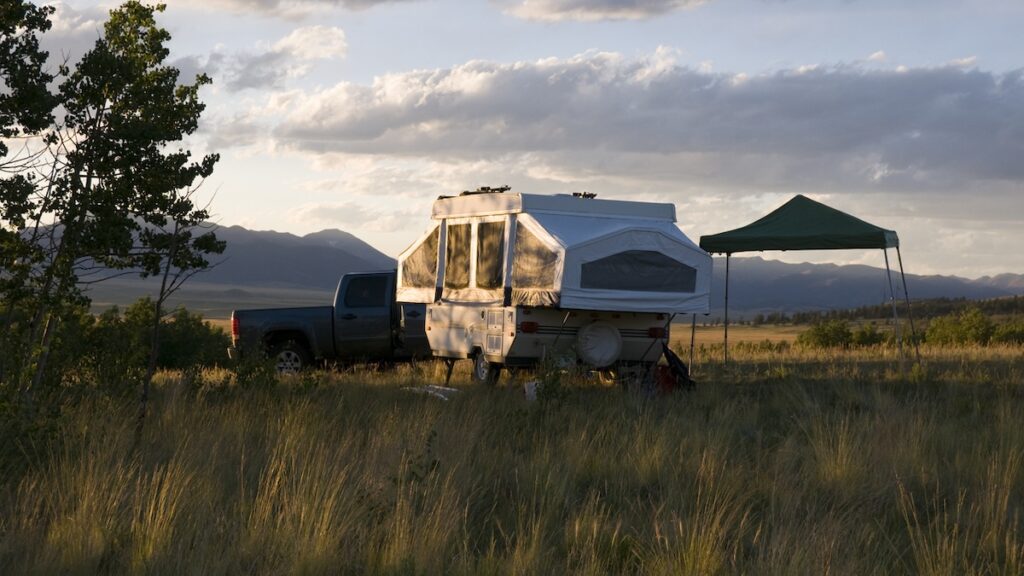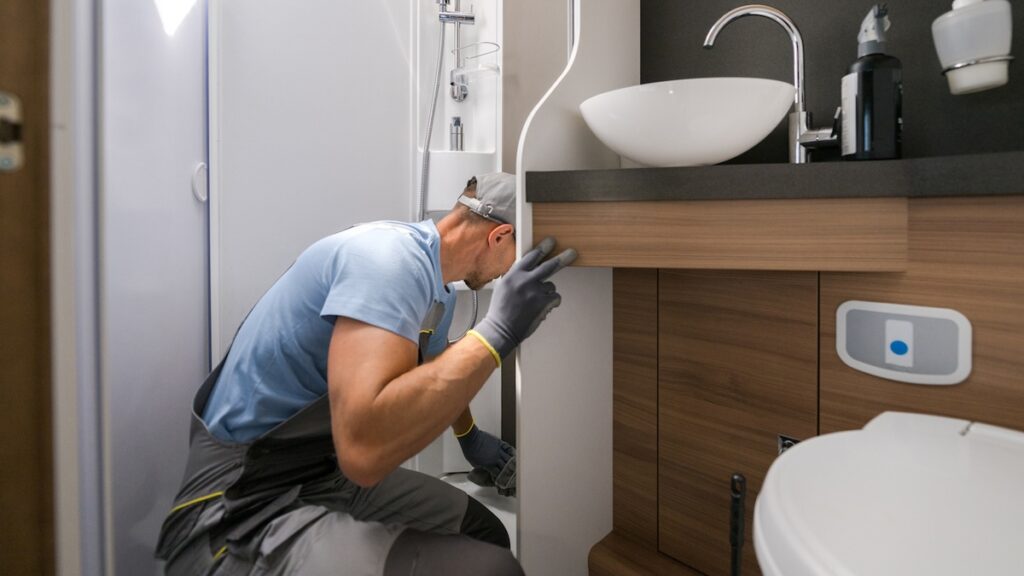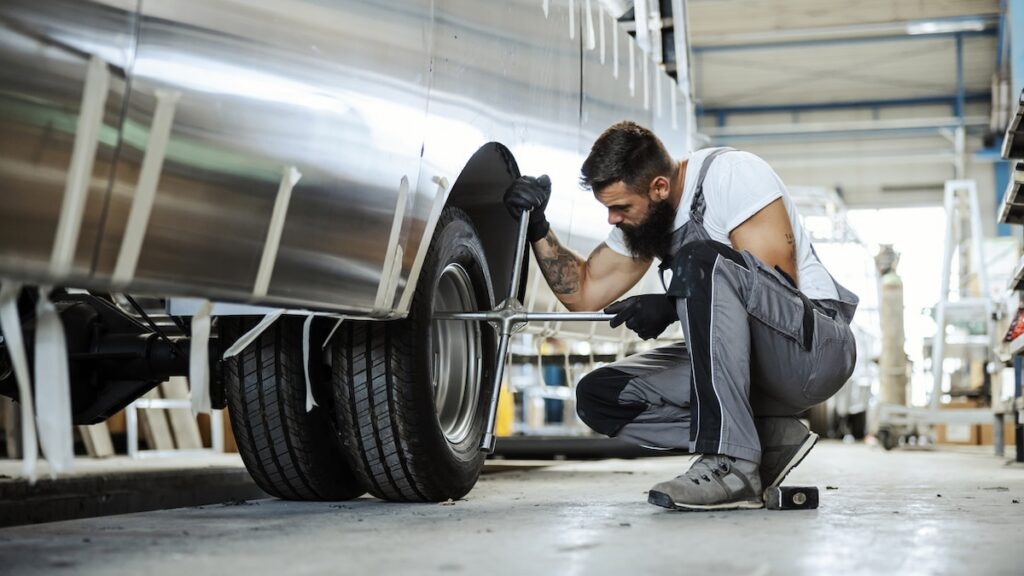Maintaining your RV’s water system is essential for a comfortable and hassle-free travel experience. Below is a guide to common water system issues, their causes, troubleshooting steps, and instructional videos to assist you.
1. Low Water Pressure Potential Causes:
• Clogged water filters.
• Faulty water pump.
• Kinked or damaged water lines.
Troubleshooting Steps:
1. Check and Clean Water Filters: Inspect all water filters in your system for clogs and clean or replace them as needed.
2. Inspect the Water Pump: Ensure the water pump is functioning properly; if not, it may require repair or replacement.
3. Examine Water Lines: Look for kinks, leaks, or damage in your water lines and repair or replace them as necessary.
Instructional Video: RV Water Pressure Troubleshooting
2. Water Pump Running but No Water Flow
Potential Causes:
• Empty fresh water tank.
• Airlock in the water lines.
• Faulty water pump.
Troubleshooting Steps:
1. Check Fresh Water Tank: Ensure the tank has sufficient water.
2. Bleed Air from the System: Open all faucets to allow trapped air to escape until water flows consistently.
3. Inspect the Water Pump: If the pump is running but not delivering water, it may need to be primed or replaced.
Instructional Video: RV Water Pump Troubleshooting
3. Leaking Water Lines Potential Causes:
• Loose connections.
• Cracked pipes or hoses.
• Freezing temperatures causing damage.
Troubleshooting Steps:
1. Locate the Leak: Inspect under sinks, behind fixtures, and near connections for signs of water.
2. Tighten Connections: Secure any loose fittings.
3. Replace Damaged Components: Swap out any cracked or damaged pipes and hoses.
4. Prevent Freezing: In cold conditions, insulate pipes and consider using heat tape to prevent freezing.
Instructional Video: Fixing Leaky RV Water Lines
4. Water Heater Not Producing Hot Water Potential Causes:
• Faulty heating element or burner.
• Tripped circuit breaker or blown fuse.
• Empty propane tank (for gas heaters).
Troubleshooting Steps:
1. Check Power Supply: Ensure the circuit breaker is on and fuses are intact.
2. Inspect Heating Element or Burner: Examine for signs of damage or wear and replace if necessary.
3. Verify Propane Supply: Ensure the propane tank is full and the valve is open for gas-powered heaters.
Instructional Video: RV Water Heater Troubleshooting
5. Fresh Water Tank Not Filling Properly
Potential Causes:
• Clogged vent line.
• Faulty fill valve.
• Kinked or blocked fill hose.
Troubleshooting Steps:
1. Inspect the Vent Line: Ensure it’s clear to allow air to escape during filling.
2. Check the Fill Valve: Make sure it’s functioning correctly and replace it if faulty.
3. Examine the Fill Hose: Look for kinks or blockages and straighten or clean as needed.
Instructional Video: RV Fresh Water Tank Filling Issues
Regular maintenance and prompt attention to your RV’s water system are essential for a trouble-free experience. Always consult your RV’s owner manual and adhere to safety guidelines when performing repairs. If you’re uncertain about any repair, it’s advisable to seek professional assistance.





